
Firsthand expertise and experience to decarbonize upstream operations.
Reduced Green House Gas intensity (tCO2eq/toe) by 86% since 2013
Reduced Energy intensity (%) by 77% since 2013
Reduced Freshwater withdrawal intensity (m3/toe) by 93% since 2013
Reduced spills intensity (number of spills/boe) by 74% since 2013
Million USD invested in dozens of GHG reduction solutions since 2013,
 5 years
5 years
Publishing sustainability report for 5 consecutive years (since 2018)
ISO
- ISO 9001 Management Systems
- ISO 14001 Environmental System
- ISO 45001 Occupational Health and Safety
- ISO 50001 Energy Management
Reduce your carbon footprint

1
GHG emissions detection & measurement

2
GHG emissions reporting

3
Abatement & investment recommendation

4
Implementation of field proven abatement solutions

5
Carbon Credit Monetization


Wells
- Mobile Well test units
- Artificial lift for liquid unloading
- Vapor Recovery Units (VRU)
- Flaring instead of venting
- Permanent monitoring
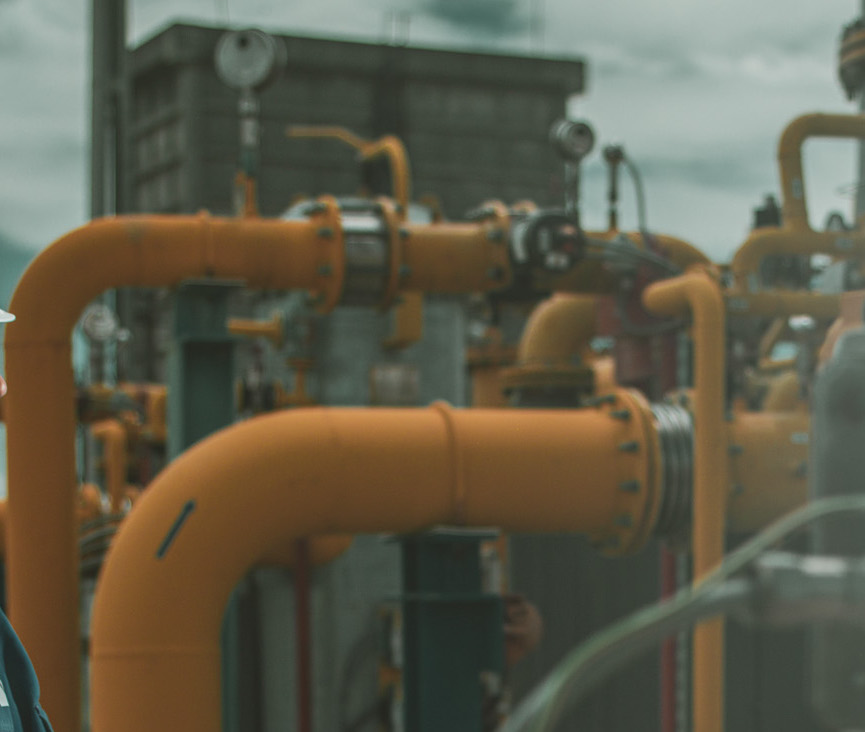
Pipelines
- Real-time pressure monitoring
- Mobile compression
- Purge pipelines with inert gas
- Hot Tapping
- Flaring instead of venting

Compressors
- LDAR
- VRU
- Convert gas starter motors to electric or compressed air
- Convert wet seals to dry seals where feasible
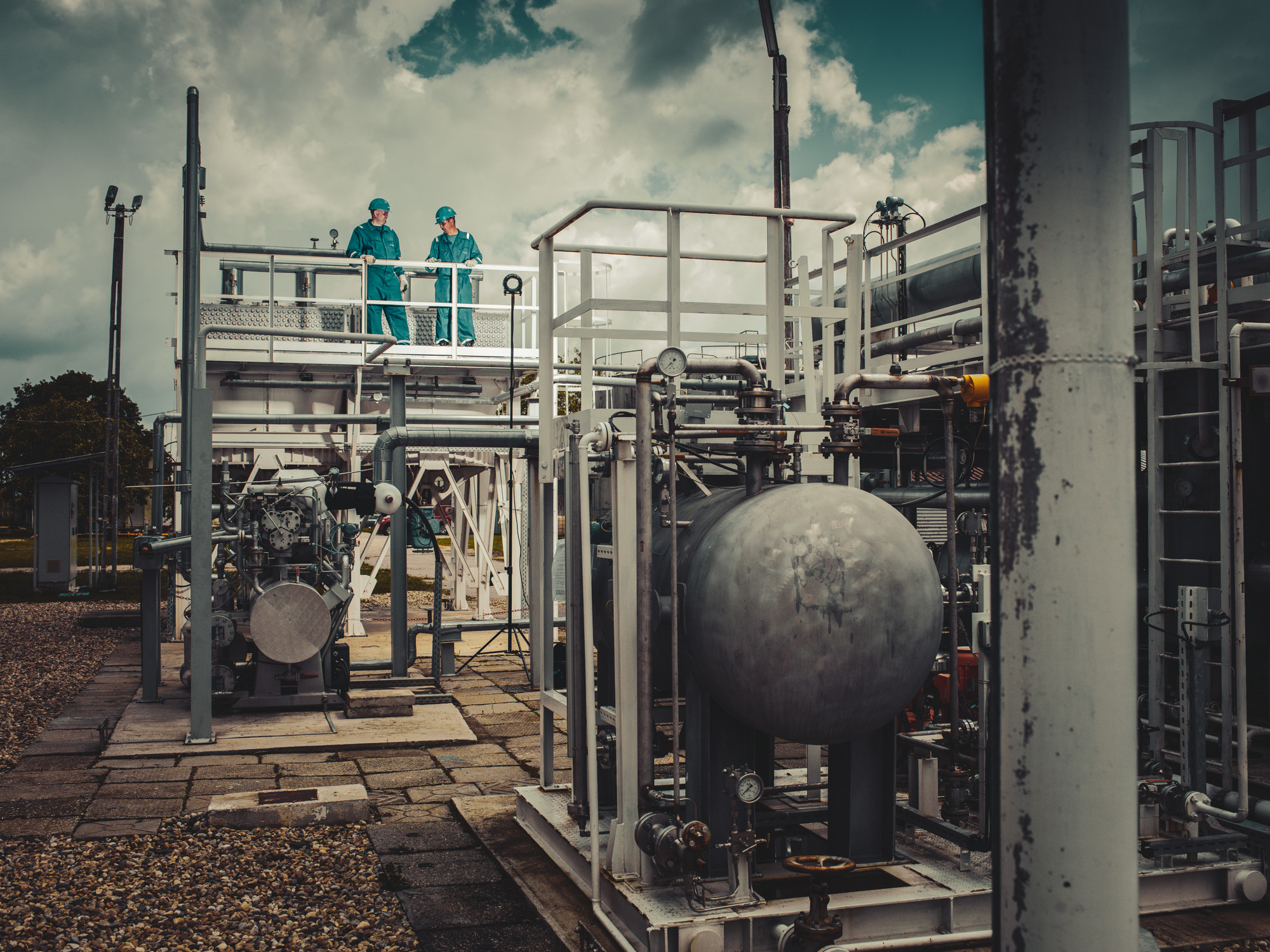
Process facilities (CH4)
- VRU
- Recover gas during liquids loading
- Automatic liquid blowdown
- LDAR
- Flaring instead of venting
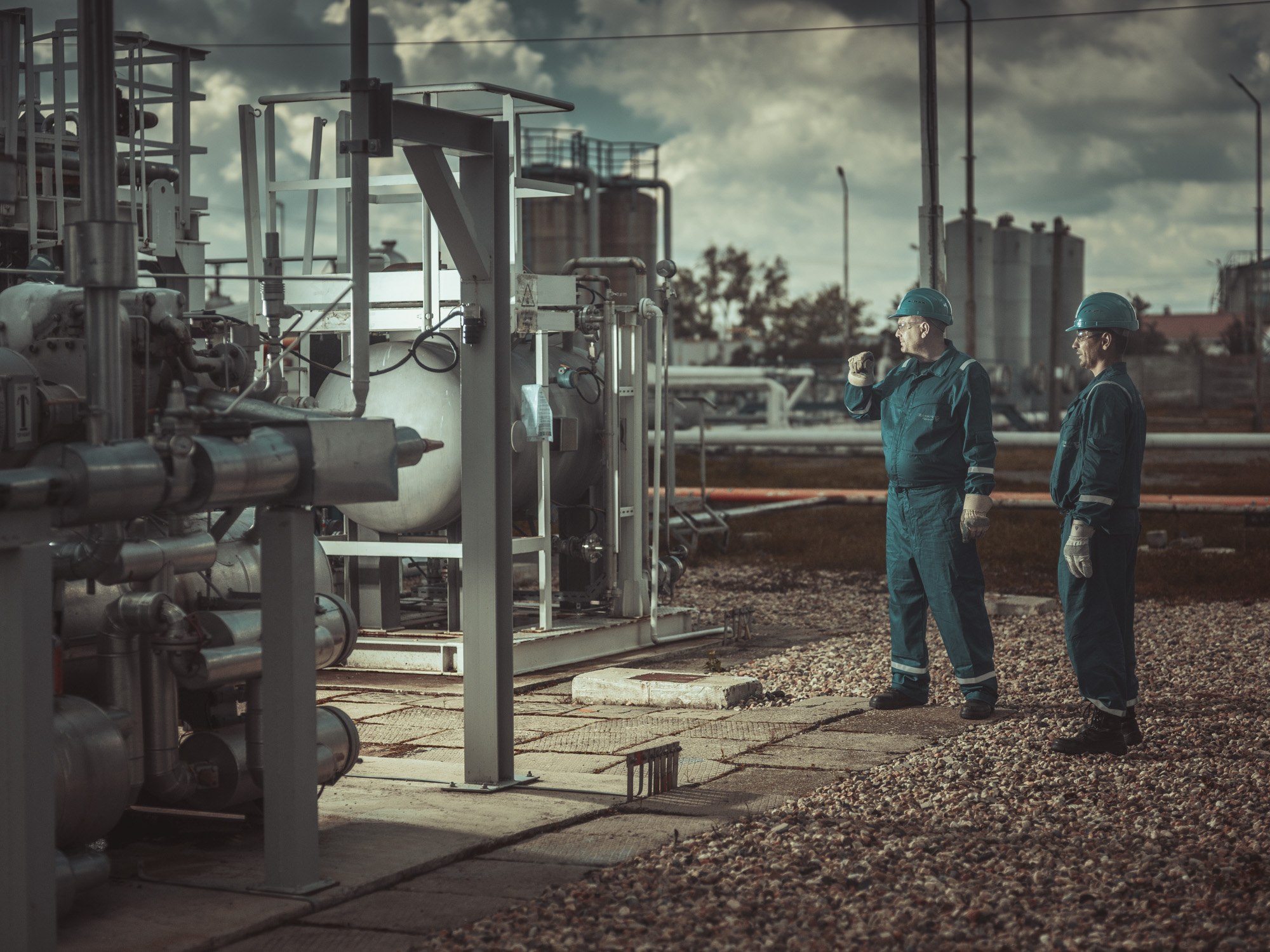
Process facilities (CO2)
- Continuous Flaring Reduction
- LDAR
- Continuous Flaring Process Alternatives for improving energy and combustion process efficiency
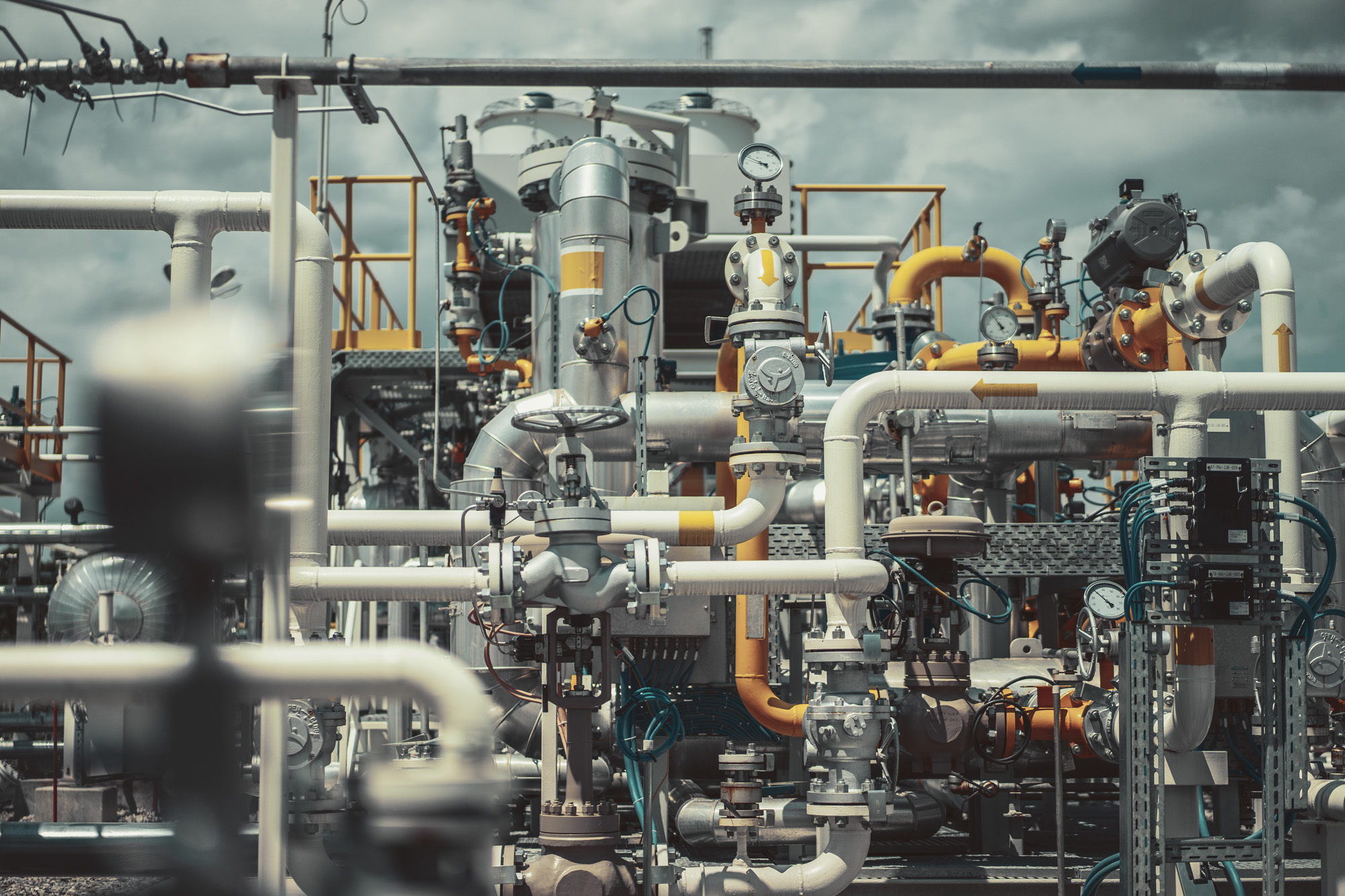
1 Lay the foundation
- Implement measurement and monitoring
- Develop reporting
2 Prepare your response
- Diagnose situation
- Assess the opportunities
- Develop implementation plan
3 Monetize the change
- Implement (field) proven solutions
- Monetize carbon credits and green certificates
P
Political
- Become compliant with existing and upcoming regulation targeted at emissions reduction
- Contribute towards country’s obligations as per Paris Agreement
E
Economic
- With the current gas price, a majority of current emissions from oil and gas operations could be avoided with NPV-positive measures
- Monetize of emissions reduction through carbon credits
- Avoid penalties under EU ETS and/or other regulations
- Become more attractive for International Financial Institutions
S
Social
- Satisfy demand for ESG from investors, employees, and partners
- Retain and attract Talents willing to work in sustainable companies
- Distinguish yourself within local communities, where you operate
T
Technological
- Gain access and internalize new technologies, know-how and best practices in emissions measurements and reduction that can be applied to your other operations
E
Environment
- Make your contribution in fight against Global Warming
- Have strong argument in discussions with environmental organization
L
Legal
- Become eligible for certain contracts and concessions that require compliance with certain ESG standards and actions taken
Gas to power plant
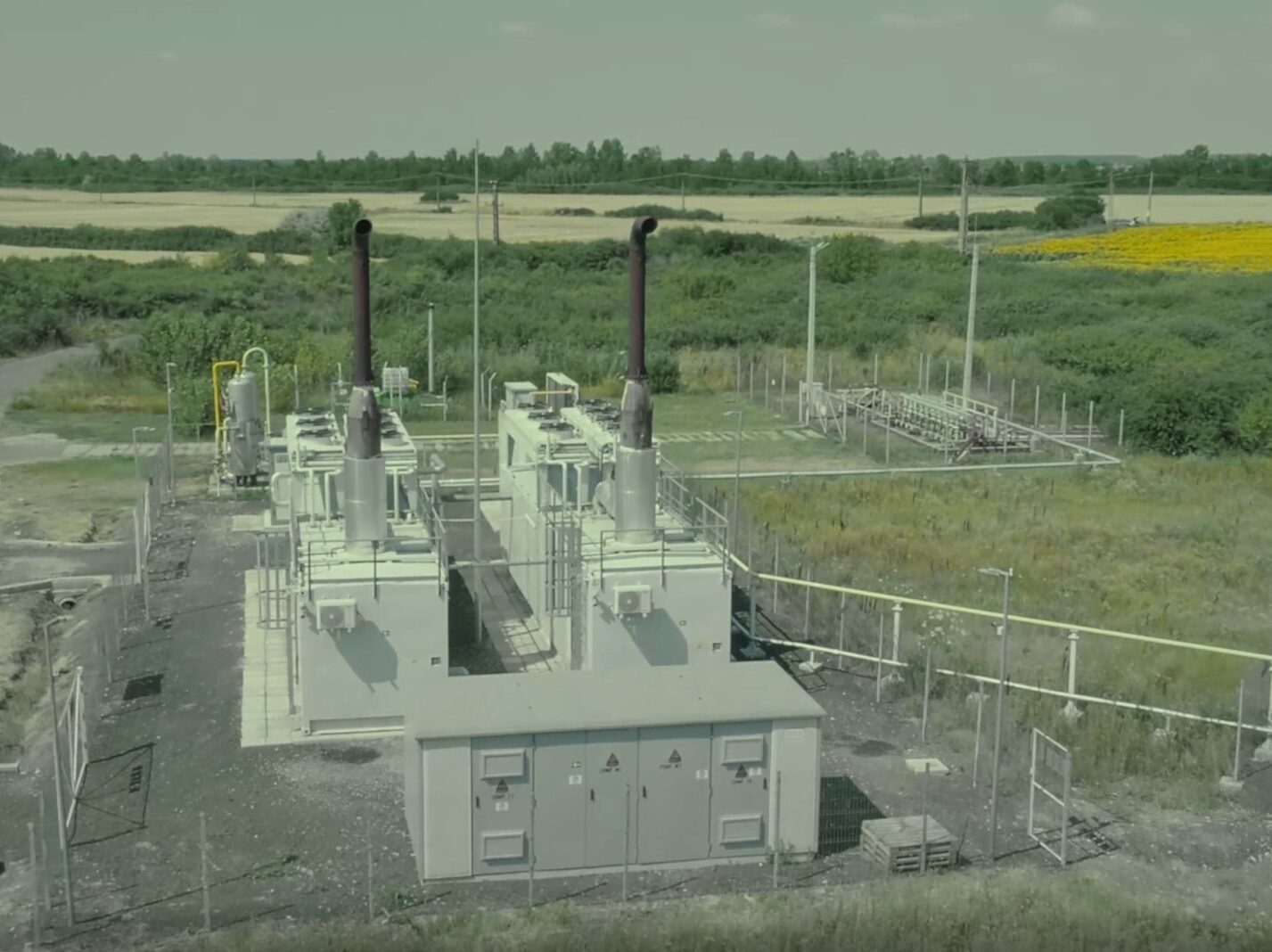

In 2018 XP designed and built gas to power plant in Romania to capture associated gas and convert it to electricity, which is consumed at the production site
- Investment: USD 2.2 MM
- Saved 3 million m3 of commercial gas per year, and reduced GHG emissions by 7’000 tCO2 eq./ year, reduced energy intensity
Mobile well testing separator
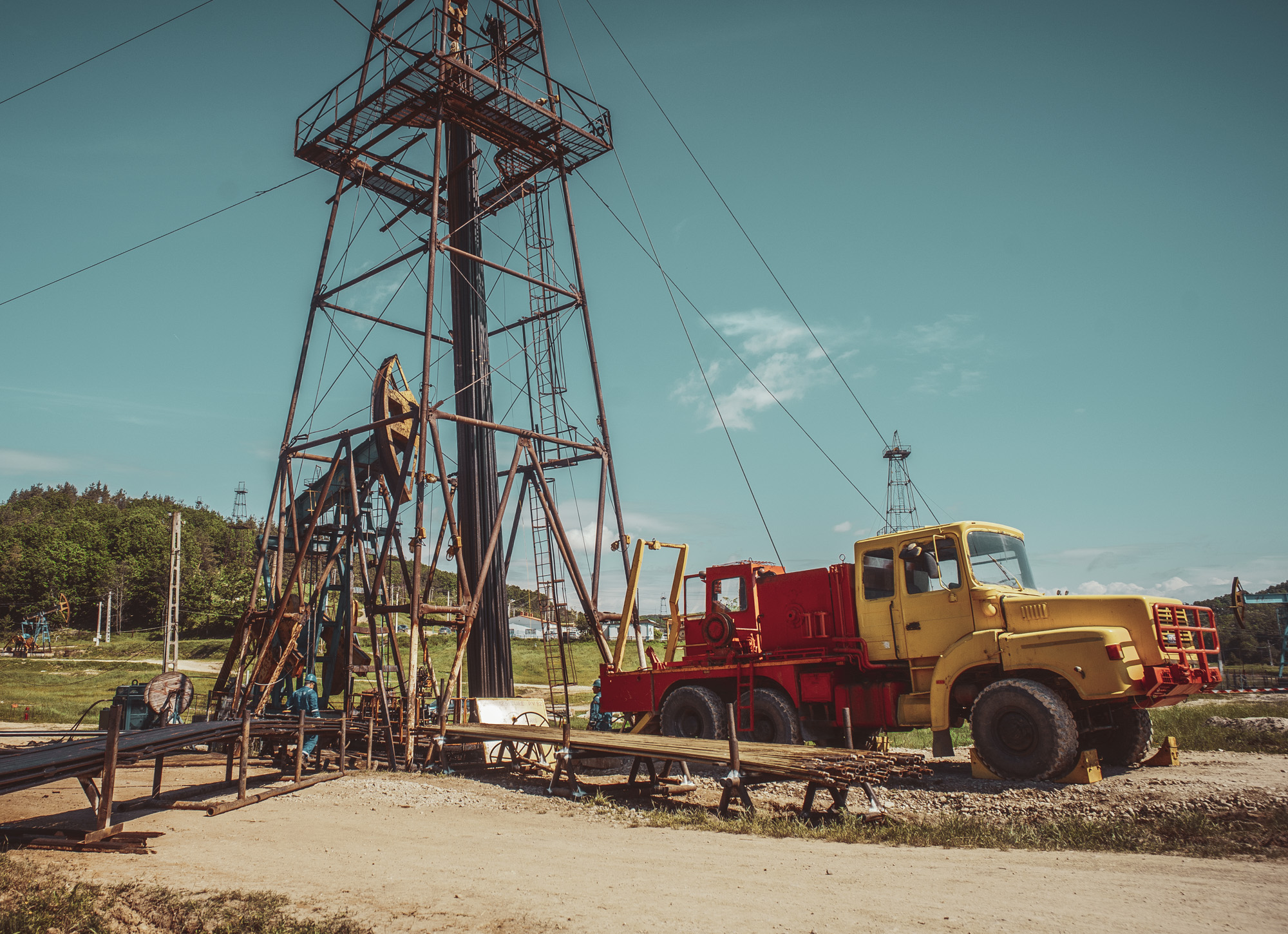

XP designed and built mobile well-test separator, which allows to clean-up and test gas wells without venting or flaring to reduce gas losses and GHG emissions during well testing
- Investment: USD 150’000
- Reduced GHG emissions by >8’500 tCO2 eq./year, and saved 1 mln m3 of trade gas / year
Low Temperature Separator


In 2015 XP designed and replaced old separation process with a new, efficient one to reduce GHG emission, help the Client obtain carbon credits, and monetize them
- Investment: USD 2.0 MM
- Reduced GHG emissions by 13’300 tCO2 eq./ year; 66’000 UER units were generated for the Client
Saved ~10 mln m3 of trade gas / year
LDAR Program


XP has implemented LDAR in all of its operations, most recently in Ukraine in 2021 to detect and eliminate leaks
- Investment: N/A (only USD 32k of OPEX/year)
- Only in Ukraine LDAR allowed to eliminate 720 tcm of fugitive CH4 losses per year, which reduced CHG emissions by 12’000 tCO2 eq./year



